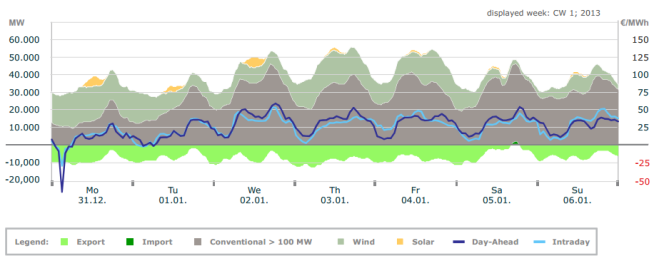I must confess I did not see Mr. Obama’s State of the Union Address. I expected the speech to be a non event. The next day I was surprised when the business news channels (CNBC and Bloomberg) discussed his energy policy that included a more favorable view of Natural Gas. Natural Gas was finally getting it’s due. That was a change.
I then read an article by Politico, and another in USA Today . The Politico article talked about energy policy and the USA Today article discussed the statistical gymnastics included in the speech. I then read the entire speech transcript.
I was not impressed. I’m a numbers guy. Too few numbers and too many human interest stories. I like a good human interest story as much as the next guy, they make great movies. I wonder why a speech on the status of the USA today needs to be so personal. And as USA Today pointed out, the numbers have been selectively chosen.
Mr. Obama did advocate Natural Gas as a preferred fuel in both electricity production and as a motor fuel. He’s about 5 years late to the party, but better late than never; a welcome change. The remainder of the speech was not surprising.
The piece on solar was….well… you decide:
we’re becoming a global leader in solar, too. Every four minutes, another American home or business goes solar, every panel pounded into place by a worker whose job cannot be outsourced
OK, I guess? Becoming? The USA is not now and never has been a leader in solar. Germany is the world leader, and China is coming on fast and will likely pass Germany in 2015. Germany has 35 gigawatts of solar installed right now. China has over 20 gigawatts now and an additional 14 gigawatts should begin production in 2014. Italy is third with about 18 gigawatts connected.
The USA, Spain and Japan duke it out for the remaining positions in the top 5. The USA is currently in the 4th spot with a little bit less than 8 gigawatts connected. We are adding solar fast enough to maintain our #4 spot on the list, but we will not catch Italy this decade.
Solar, even in Germany plays only a very small part in the carbon emissions game. Germany gets less than 6% of it’s electricity from Solar power! Statistically, solar will be a non issue on the global carbon front for years and years to come. Mr. Obama’s emphasis on solar when talking global climate change is….well….misplaced.
A bit further in the speech he says the following:
Over the past eight years, the United States has reduced our total carbon pollution more than any other nation on Earth.
True. We have done better. The recession reduced demand, vehicles became more efficient and natural gas displaced coal in power generation. But it’s old news. 2013 reversed the trend as this graph prepared by the US Energy Information Administration demonstrates:

Yep, the EIA is expecting an increase in carbon related emissions in 2013 and 2014. Perhaps that is why Mr. Obama said the following:
But we have to act with more urgency — because a changing climate is already harming Western communities struggling with drought, and coastal cities dealing with floods.
Maybe, maybe not. Recent studies indicate that long periods of very low rainfall are normal in California. Twice during the medieval warming period, California had droughts that literally lasted hundreds of years. And the same study showed periods of spectacular flooding in between the years of droughts.
Perhaps California is witness to normal climate variation. Recent studies indicate that the last 150 years might be the oddity, not the norm? 20 year droughts in Southern California appear to be relatively regular and surprisingly common. Maybe what we see in California today is simply Nature being Nature.
I wonder what would happen if a politician simply told the truth? Unemployment, I suspect. But come on, Mr. Obama, your last election is behind you. Suppose, just suppose, that we heard the honest truth about global climate change. It would look something like this.
The world is warmer than it used to be and it is likely that man is at least partially responsible. So far, climate change has not been particularly problematic. If the scientists at the UN are correct, then we must make immediate changes in the ways we use and produce energy or the world will get lots warmer. That warming will probably have dire consequences.
The biggest carbon dioxide producer in the world is China. In the year 2000, China was a small player. Today, China produces more carbon dioxide than the USA and all of Western Europe combined. If China does not slow down their ever increasing rate of carbon dioxide production, and if the UN’s IPCC Scientists are correct, the world is going to get lots warmer.
Actions taken in the USA or in Europe will be of little consequence. China’s impact is so large it overwhelms everything else. China’s rate of increase has been greater than 8% per year since 2000. At that rate they will double their production again between now and 2023. They are already 30% of the worldwide total.
So far at least, the UN has been horribly wrong in their predictions. Climate variability is difficult to predict. The simple fact that the IPCC has been wildly high in their predictions does not prove that they are wrong, it simply accentuates how difficult the problem is. Yes, global warming stopped some 15 years ago, but it could begin again soon. We must continue to study the issue with an open mind, and work to minimize our impact on the climate.
Nahhh…to0 boring….it would never work in politics.









